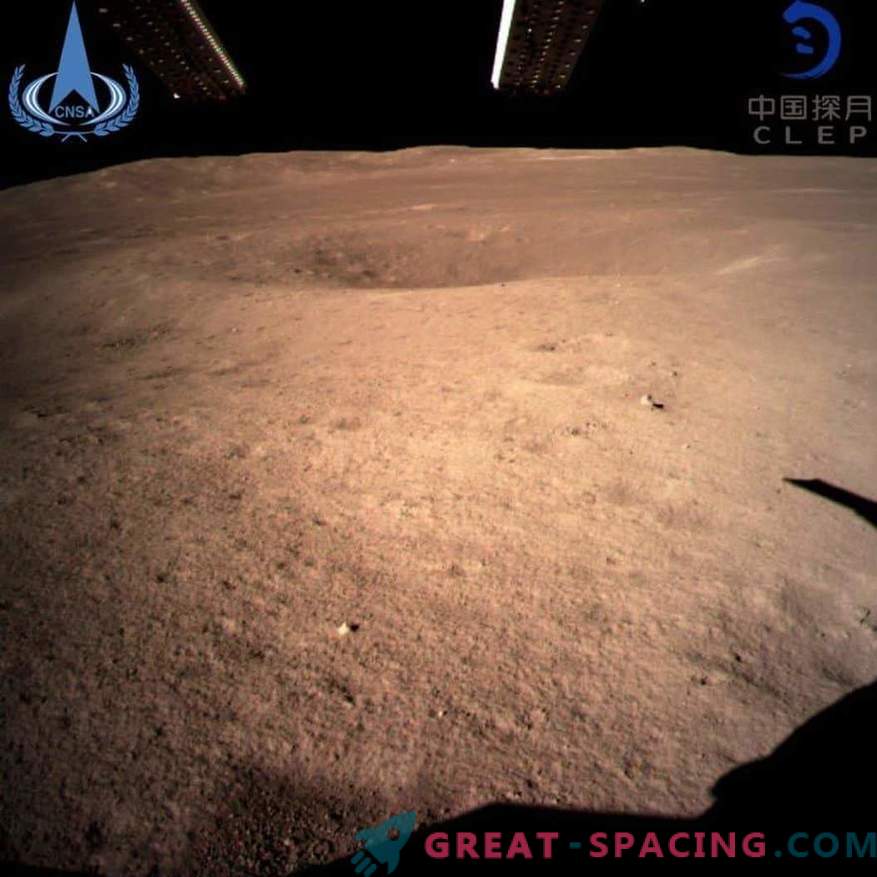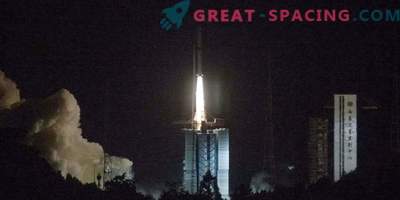
The image of January 3, 2019 shows the first image of the far side of the Moon from the Chinese Chiang-4 probe. The device managed to land on the dark side for the first time in history.
Since the founding of the space program in 1956, China has come a long way. After the launch of the first satellite in the USSR, Mao Zedong declared that China should also have an artificial satellite in order to keep up with the great powers. Now the country has managed to become the first in the study of the dark side of the Moon and confirmed national ambitions.
However, China is still lagging behind the United States, which has a much larger budget for space exploration. Let's look at the key stages of the development of the space program and the upcoming missions.
1970s: Missiles
The country introduced the Changzheng missile series in 1970. 95% of the success of the project made it the cornerstone of the launch of the Chinese space program. Of course, it was not without several failures. For example, in July 2017, one of the missiles fell into the Pacific Ocean a few minutes after launch.
2003: First Astronaut
Yang Liwei became the first Chinese astronaut to go into space in October 2003. China became the third country after Russia and the United States, which managed to launch a space mission for the crew. The country sent 11 astronauts, among whom were two women. There are 6 missions in total. 2011: Space Laboratory
China was expelled from the ISS due to concerns about the military space program. But this did not prevent the country in 2011 to launch its own Tiangong-1 space laboratory, which revolved around the Earth until April of last year. The station carried out only two crew missions, and it served as a test platform for docking procedures and other operations.
2013: To the Moon and back
The spacecraft Chang'e-1 (named after the mythical moon goddess) first performed a circled flight around the moon in 2007. Subsequent lunar missions included landing on the moon in 2013. There are also plans to launch the future Chang'e-5, which next year will go for the lunar samples and take them back to Earth.
2020: What's next?
2020 promises to be interesting for the Chinese space program. The country plans to send the first probe to Mars and create its own global navigation network. She will connect more than 30 satellites. By 2022, China hopes to create a space station for permanent use. And the standards will be consistent with the International Space Station, but at a smaller size. What about the moon? Even last year, Chinese representatives reported that they intend to build a colony on Earth's satellite.











































